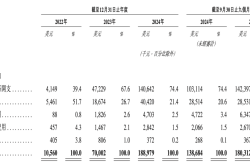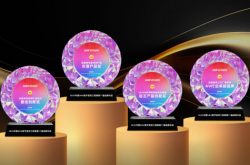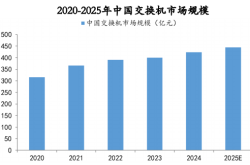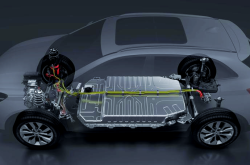China's High-Level Meetings Signal Unwavering Commitment to Combat Automotive Industry 'Involution'
![]() 08/04 2025
08/04 2025
![]() 553
553
Introduction
When market forces falter, governmental intervention steps in to rejuvenate the industry.
From the slogan introduced at the end of July last year to the current series of focused meetings and policies, China's automotive market is undergoing a transformative anti-'involution' revolution.
Last week, over three consecutive days, the State Council, the Fourth Central Steering Group, the Ministry of Industry and Information Technology (MIIT), the National Development and Reform Commission (NDRC), and the State Administration for Market Regulation convened meetings to re-emphasize the rectification of irrational competition in the new energy vehicle sector. These high-level gatherings, spanning from the State Council to ministries and commissions, and down to the execution level, underscored a clear and layered transmission of policy directives.
This unprecedented frequency sends a definitive message: vicious competition in the new energy vehicle industry has crossed the policy red line, and government-led industry corrections have officially entered the implementation phase.
01 Anti-'Involution' is More Than Mere Words
Let's delve into the three meetings. On July 16, the State Council Executive Meeting specifically discussed a report on 'standardizing the competition order in the new energy vehicle industry' and proposed to focus on promoting high-quality development and effectively regulating competition within the sector.
Regarding implementation, Xinhua News Agency provided a detailed interpretation that evening, encompassing strengthened cost investigation, price monitoring, product consistency supervision, urging major automakers to adhere to a supplier payment period of no more than 60 days, and establishing long-term governance mechanisms. In simpler terms, this meeting signaled a crackdown on loss-making sales and price wars, adding another layer of accountability for automakers to fulfill their payment commitments.
Immediately thereafter, on July 17, the Fourth Central Steering Group focused on the special task of 'comprehensively rectifying irrational competition in the new energy vehicle industry.' The group conducted in-depth research at the China Association of Automobile Manufacturers and held discussions with BAIC Group, BYD Group, and the association. Both Zhang Jianyong and Wang Chuanfu, the top leaders of BAIC and BYD, respectively, attended this meeting.
On July 18, the meeting not only covered a broader range of topics but also shifted the focus from guidance to execution, proposing multiple specific anti-'involution' measures. On that day, MIIT, NDRC, the State Administration for Market Regulation, and other ministries jointly held a symposium on the new energy vehicle industry to further standardize competition, including enhancing supervision, promoting price monitoring, product consistency checks, shortening supplier payment periods, improving long-term mechanisms, and strengthening standard guidance. It is understood that 17 key automakers participated in this meeting.
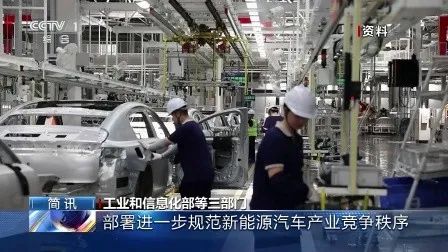
Judging by the timing, initiators, participants, and content, these three meetings over three days are interconnected, spanning from guidance to execution. In the author's view, these intensive meetings serve two purposes: demonstrating the government's continuous commitment and clarifying its determination to combat 'involution'.
From the end of July last year to present, within a year, the anti-'involution' efforts in the automotive industry have gradually transitioned from slogans to concrete actions. In the first half of this year, multiple government departments and organizations intensified their rectification of auto 'involution.' For instance, in late May, the China Association of Automobile Manufacturers issued an initiative against disorderly 'price wars'; in June, the China Automobile Dealers Chamber of Commerce advocated against 'involutionary' competition; and major automakers responded by announcing the shortening of payment periods to 60 days.
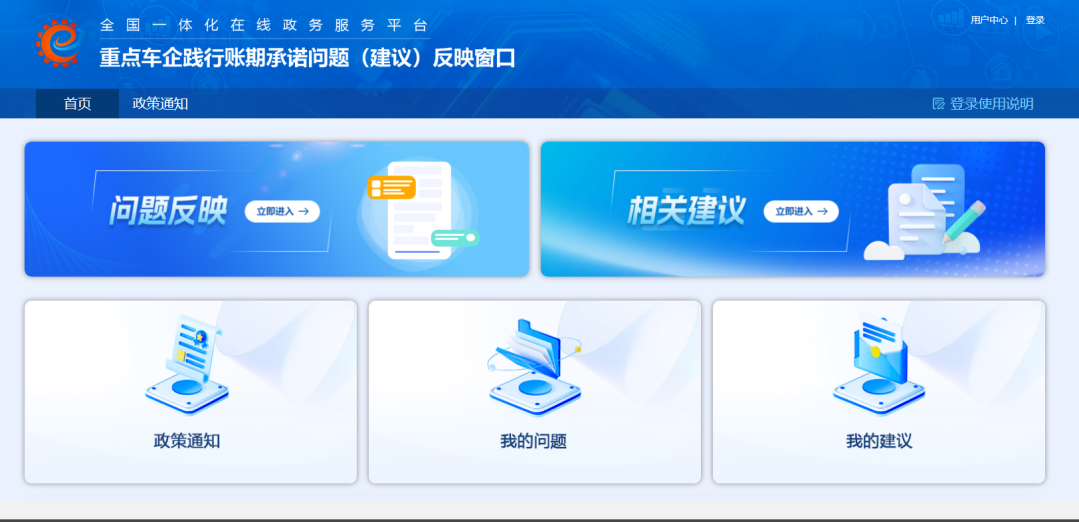
Despite ongoing initiatives, onlookers remain skeptical about policy implementation. Taking the 60-day payment period as an example, although several automakers have followed through, the public perceives their commitments as vague, with ample room for manipulation. Issuing public announcements appears more symbolic than substantive. To address public doubts and demonstrate resolute governance, in early July, MIIT officially launched the 'Online Issue (Suggestion) Reflection Window for Key Auto Companies to Fulfill Payment Period Commitments,' primarily addressing four types of '60-day payment period commitment' issues.
From policy introduction to post-implementation oversight, it is evident that the government's anti-'involution' efforts are not mere words but backed by courage and determination.
Behind this stance of strong intervention lies a profound understanding of 'involution's' essence—when vicious competition distorts the market's inherently efficient resource allocation, relying solely on self-correction mechanisms often incurs significant costs with minimal effect.
02 Government Intervention is Imperative
The core issue of 'involution' is the competition for 'users,' a crucial resource among automakers. In China, while the market plays a decisive role in resource allocation, 'involution' is a malignant tumor nurtured by a distorted industry. If left to the market's self-cleaning effects alone, it would not only squander resources in meaningless competition but also severely impede the industry's healthy development.
Therefore, when the 'invisible hand' falters, the 'visible hand' steps in to rejuvenate the industry.
As insiders assert, the key to anti-'involution' lies in leadership by industry pioneers. For leading automakers like BYD and BAIC, with substantial scale and influence, their actions significantly impact the entire industry. When they lead by promising to shorten payment periods and avoid vicious price wars, it sends a powerful signal, guiding the industry towards a healthier, more sustainable trajectory. Building industry consensus requires these 'leading geese' to demonstrate and lead, jointly maintaining a market environment that values fair competition, rule adherence, and long-term value.
However, ideal industry self-discipline often proves powerless in the face of fierce real-world competition. Expecting all enterprises, particularly small and medium-sized enterprises under immense survival pressure, to voluntarily forgo the allure of short-term market share gains and abandon the 'quick fix' of price wars poses significant moral and practical challenges.
Even if leading enterprises are willing to lead, they may face the dilemma of 'bad money driving out good': when some enterprises, desperate to survive or aggressively expand, resort to price wars and extend supplier payment periods at any cost, those 'good students' adhering to rules may instead lose market share and fall behind. In such scenarios, relying solely on appeals and initiatives, without robust restraint and punishment mechanisms, industry consensus easily becomes a mere formality or empty rhetoric.
The more profound issue is that 'involution' often stems from the partial failure of market mechanisms at specific developmental stages. After experiencing rapid growth and policy dividends, the new energy vehicle industry is transitioning from incremental to stock competition as subsidies wane, capacity expands rapidly, and new entrants proliferate. To compete for limited user resources, enterprises instinctively adopt the most direct and intense competitive means—price. Once this competition spirals out of control, it descends into a vicious cycle of mutually assured destruction.
The market, the 'invisible hand,' often lags in regulating such structural contradictions. Its spontaneous adjustment processes, such as automaker bankruptcies and closures, are typically accompanied by substantial resource waste and social costs, far from optimal. Allowing this to unfold naturally and awaiting market 'self-cleansing' would be excessively costly and risky for China's new energy vehicle industry, which strives to overcome hurdles and compete for a global lead.
Therefore, when the boundaries of 'industry self-discipline' are continually eroded by real competitive pressures, and the market mechanism proves powerless in correcting the intransigent problem of 'involution,' the timely and forceful intervention of the government, the 'visible hand,' is no longer an option but a necessity. The three high-level meetings over three days and the policy combination from top-level design to specific execution epitomize this necessity. The government's role is not to 'control to death' but to 'dredge and unblock' market mechanisms' effective operation through rule-setting, boundary-defining, supervision enhancement, and a fair environment creation.
Government intervention essentially 'supports' and 'escorts' the industry's sustainable development. It does not replace the market but corrects distorted competition by addressing market failures, fostering a more predictable and fair competitive environment for both leading and small-to-medium enterprises. In this environment, enterprises can genuinely shift focus from meaningless internal friction to enhancing core competitiveness, expanding global markets, leading technological innovation, and other long-term development priorities.
Combating 'involution' necessitates industry awakening and rule reshaping. For China's new energy vehicle industry to achieve a high-quality leap from 'big' to 'strong,' it cannot do without the responsibility and commitment of leading enterprises nor the robust guidance and regulation of the government. The intensive tone-setting of these 'three meetings' marks that this profound transformation, led by the government and participated in by the industry, aimed at ending internal friction and reshaping the ecosystem, has entered a critical stage of tackling key problems. The road to anti-'involution' in the automotive industry is long and arduous, but the direction is clear, and the determination is unwavering.
Editor in Chief: Shi Jie; Editor: He Zengrong
THE END

